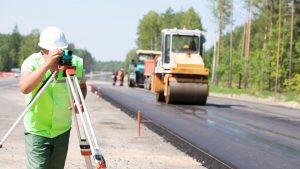OTTAWA — The Conference Board of Canada has released a report that lays out how 3-D printing construction could lower the cost of building new homes in Canada’s North.
Titled Revolutionary Building for the North: 3D Printing Construction, the report is the first in a new series billed as Cool Ideas, said a recent release.
The report identifies the potential benefits of 3-D-printed homes in the North as including:
Lower construction costs
The cost of 3-D-printed homes could be substantially less than that of a traditionally built home, perhaps as little as one one-fifth of the cost.
In Nunavut, it can cost up to $550,000 to construct a new public housing unit, three times the cost of building the same unit in Toronto.
Reduced construction times
A 3-D-printed house of approximately 400 square feet can be constructed within 24 hours. The shorter construction process means more homes could be produced in a shorter timeframe and contribute to a rapid reduction in the housing shortage.
Decreased transportation challenges
Using locally available materials would reduce reliance on the shipment of construction supplies to isolated communities.
Increased local and individual design input
3-D printers allow for greater flexibility than standard construction, which can potentially be used to design homes and other buildings that reflect local cultures and values.
“While it’s not yet clear whether the technology can address or overcome some of the key issues that construction projects must contend with in northern and remote environments, it’s not hard to see how 3-D printing construction could potentially have a meaningful impact in Canada’s North,” said Stefan Fournier, the Conference Board’s associate director of northern and aboriginal policy, in the statement.
The report recommends that the technology be tested in northern environments to better assess the potential of 3-D printing construction in addressing northern housing challenges.











Recent Comments
comments for this post are closed